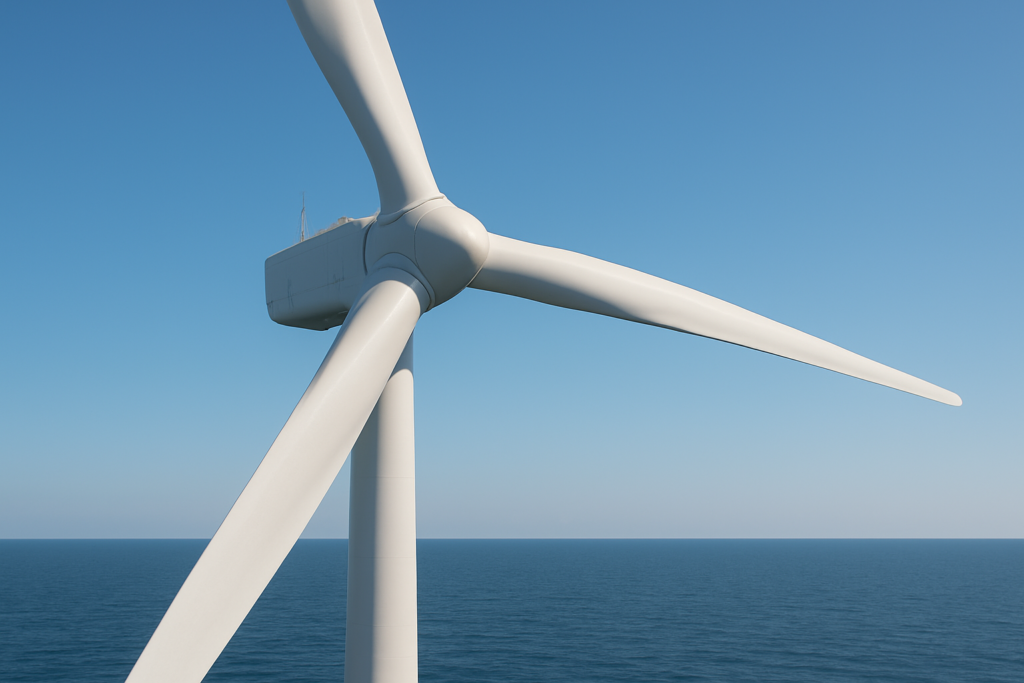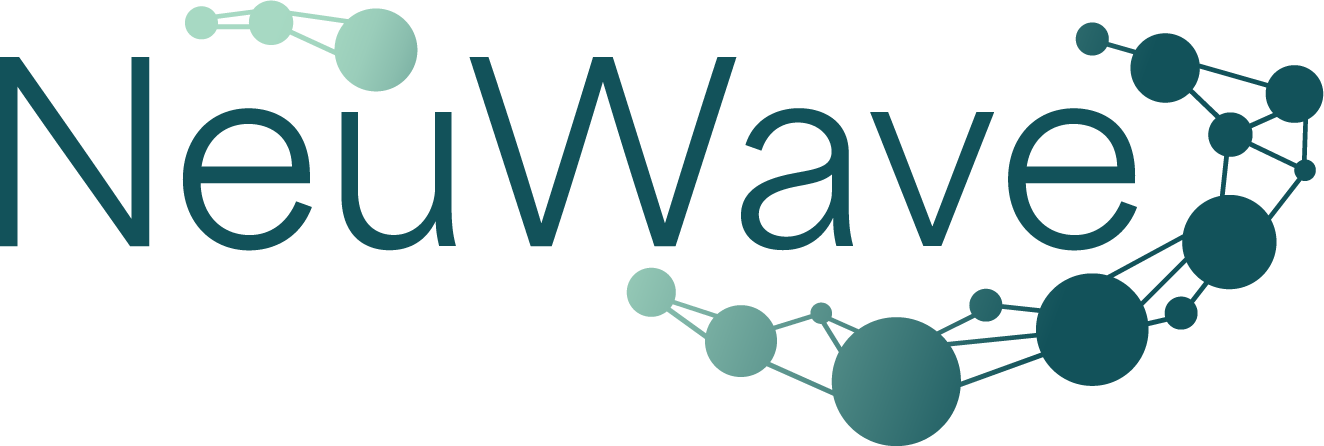Every year, marine operations lose time, money, and manpower to one recurring issue: unpredictability. In an industry where timing is everything, decisions are still being informed by seriously outdated models using fragmented data.
With tighter offshore schedules, rising O&M costs, and pressure to decarbonise on a gloabl scale, the room for error is shrinking. Yet many teams are still flying blind in some of the most volatile environments on Earth.
When it comes to offshore industry, it’s not just that AI works as a forecasting tool. It’s also a robust decision-making layer for marine logistics, and to aid offshore operators when planning safer and moving smarter.

Problem – hidden costs in marine operations
All marine-based logistics live and die by simple timing choices. With much of the industry still relying on outdated, “passive” models and low-res grid resolutions, detail is often missed where it matters the most.
Legacy tools, like ERA5, were designed with the open-ocean in mind, and more complex nearshore environments (where access and safety depend on hyper-local accuracy) are often blurred. The mismatch in scale has led to logistical delays, route breakdowns, and O&M inefficiencies; and regularly leads to incorrectly labelled “safe” (or unsafe) working days.
With vessel availability already tight, delays tend to ripple across projects. Cable installations are missed. Maintenance is pushed into high-risk weather. Crews wait on standby while assets depreciate.
It’s not that teams lack the skill; they lack reliable, readable data. It’s an industry-wide inefficiency, and it’s adding up to millions of pounds wasted by offshore operations every year.
Until wave height and tidal behaviour are modelled at operationally relevant scales, precision planning remains out of reach. A smarter energy future stuck waiting on the weather.
AI tools – from platform to port
From wave heights to fuel burn rates, marine logistics success depends on absolute precision. AI tools bridge that gap, helping offshore teams to plan, adjust, and execute operations with confidence.
1. Offshore route planning
Modern route planning should be dynamic; but it’s usually static. By combining forecast models with real-time wave and tidal data, AI models can provide optimal routes that align with operational thresholds and project ambitions. Faster and smarter planning that’s tuned into real environmental conditions and accurate future predictions.
2. Emergency shelter and re-routes
When the sea changes fast, decisions have to follow suit. AI models enable real-time re-routing by assessing forecast deviations, vessel thresholds, and port accessibility on the fly. Instead of relying on instinct or outdated reports, crews receive adaptive guidance on where to go and when – turning reactive scrambling into proactive shelter planning.
3. Seasonal simulations and mapping
Seasonal modelling with AI uncovers long-term trends in wave behaviour, weather windows, and tidal currents. This enables developers and planners to time key activities (like cable installation or tow-outs) around periods of optimal access. It also supports resource planning by predicting bottlenecks weeks or even months in advance.
4. Environmental modelling
AI-enhanced environmental modelling offers granular insight into localised marine behaviour. By resolving bathymetric effects, tidal flows, and storm surges at high-res, it allows for more accurate risk assessments and infrastructure design. This is critical for site selection, port upgrades, and understanding the long-term impacts of climate variability on operations.
Opportunity – smarter operations through predictive modelling
Traditional marine logistics have operated in a predictable loop for centuries. Spot the gap in the weather; exploit the gap in the weather. But that reactive mindset is the symptom of poor information not reliable operational strategy.
AI changes the game by shifting marine industries from reactive to predictive, and eventually proactive. With high-resolution, multi-layered modelling we can now forecast sea states, wave behaviours, and tidal interactions with improved precision and faster than ever before.
Rather than relying on humans to analyse reports, we ask models to interpret data. It’s an upgrade from blurry satellite TV to full HD (if you’re old enough to get that reference, anyway).
NeuWave’s approach blends deep learning with numerical simulation, and this enables more accurate predictive wave modelling across nearshore zones previously ignored by ocean-scale models. By aligning this data with tide cycles, vessel operators can plan tide-aligned navigation routes that reduce drag, fuel use, and travel time (even in challenging and changing seasonal conditions).
Our ensemble forecasting system simulates upper and lower bounds of environmental conditions across multiple runs, providing the confidence to act on data rather than assumptions. Our tools are helping offshore teams to:
- Schedule maintenance and construction within pinpointed weather windows
- Prioritise vessel activity by optimal operational thresholds and routes
- Avoid reactive downtime or premature stand-downs of vessels
Smarter systems are safer and more sustainable. And AI-driven route optimisation and environmental modelling is already being explored as a key enabler of efficiency gains and carbon reductions across marine sectors.
Choosing NeuWave today
Precision planning starts with trusted data. That’s exactly what NeuWave delivers. Our tools are designed for marine teams who need answers, not approximations.
Here’s what’s available right now:
- No-code hindcast dashboard with 30+ years of high-resolution wave data
- Automated environmental report generator, ready to summarise site conditions by the hour, week, or season
- Plug-and-play site assessment interface for fast feasibility checks and regulatory compliance
- Email-based alert systems for forecasting key operational windows, report generation status, and more
This is the new standard for the next era of trusted metocean data, high-resolution forecasting, and AI for offshore safety.
What about tomorrow?
Dynamic navigation, live rerouting, and AI-powered logistics that evolve with the sea.
We’re building tools that don’t just interpret marine data, they anticipate it. Tomorrow’s offshore operations will be faster, cleaner, and safer. And with NeuWave, they’ll be planned before the forecast even hits your inbox.
AI is redefining how marine teams interact with the ocean. Not just observing environmental changes, but intentionally navigating them with foresight. From reactive to predictive, then proactive (as we said earlier).
Smarter logistics mean fewer delays, safer crews, less waste, and stronger outcomes. The tools exist and the data’s ready, but what are you going to do with it?
The future of offshore industry is already underway.
Start planning with clarity…
Plan smarter with AI. From offshore route optimisation to emergency re-routing, NeuWave makes sure you stay ahead of the forecast (and ahead of schedule).

